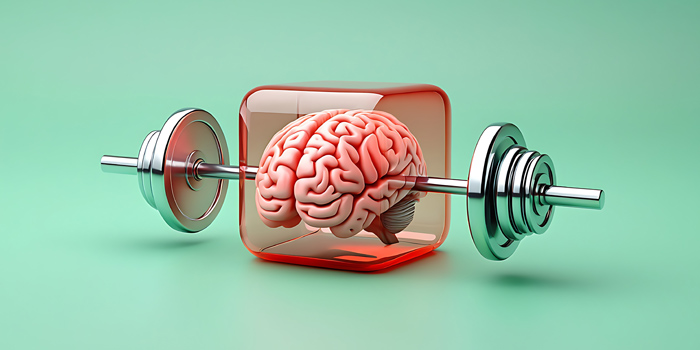Building Brain Resilience Through Everyday Activities
As we age, many of us become more aware of changes in memory, attention, and mental sharpness. But aging doesn’t have to mean cognitive decline. In fact, research into “cognitive reserve” offers a hopeful message: our brains can build resilience over time, and everyday activities play a powerful role in that process.
Cognitive reserve refers to the brain’s ability to adapt and compensate for age-related changes or damage. Think of it as a mental savings account—one that we can invest in throughout life. The more we engage in stimulating, meaningful activities, the more we build up this reserve, which helps us maintain independence, clarity, and a high quality of life.
What counts as a good investment? Surprisingly, it’s not just crossword puzzles and brain games. Cognitive reserve is strengthened through a wide range of experiences:
- Learning new skills: Whether it’s picking up a musical instrument, trying a new recipe, or exploring a foreign language, novelty challenges the brain and encourages growth.
- Social engagement: Conversations, group activities, and shared laughter stimulate multiple brain regions. Staying connected—especially across generations—can be as protective as any formal exercise.
- Physical movement: Regular walking, dancing, or gentle stretching improves blood flow to the brain and supports memory and executive function.
- Creative expression: Painting, writing, gardening, and storytelling activate imagination and problem-solving pathways.
- Lifelong learning: Reading, attending lectures, or joining discussion groups keeps the mind curious and flexible.
Importantly, cognitive reserve isn’t just about what we do; it’s also about how we do it. Purposeful, emotionally rich experiences seem to offer greater benefits than passive ones. For example, volunteering at a local school or mentoring younger caregivers combines social, emotional, and intellectual engagement in a way that’s deeply nourishing.
For seniors navigating retirement, health changes, or caregiving roles, building cognitive reserve can be an empowering experience. It’s not about reversing time—it’s about enriching the present and protecting the future. Even small shifts, such as choosing a new walking route or joining a book club, can make a significant difference.
For those supporting older adults, such as family members or home care aids, this concept provides a framework for designing environments that promote brain health. From personalized activity plans to tech-enabled reminders, we can help seniors stay mentally active in ways that feel natural and joyful.
Cognitive reserve reminds us that the brain is not a fixed machine; it’s a living, adapting system. With the right mix of stimulation, connection, and purpose, we can keep that system thriving well into our later years.
For Caregivers: Support Cognitive Reserve in Daily Care
As a caregiver, you’re not just helping with physical needs; you’re shaping the mental environment that supports brain resilience. Here’s how to weave cognitive reserve into everyday routines:
- Spark conversation: Ask about favorite memories, current events, or family stories. Even brief chats stimulate language and recall.
- Use music intentionally: Play familiar tunes or explore new genres together. Music activates emotion, memory, and movement.
- Offer choices: Let seniors pick between activities, meals, or routes. Decision-making keeps the brain engaged.
- Encourage creativity: Keep art supplies, puzzles, or photo albums within reach. Creative expression builds neural flexibility.
- Foster connection: Invite neighbors, friends, or grandchildren to visit or call. Social interaction is a cognitive superpower.
- Consistency: Even 10 minutes of mentally engaging activity each day can make a difference. The goal isn’t perfection—it’s consistency and joy.

